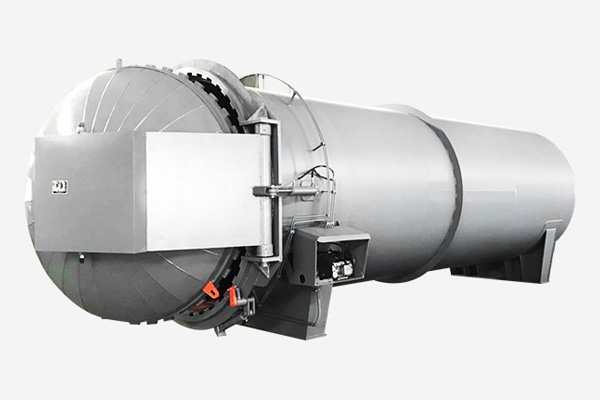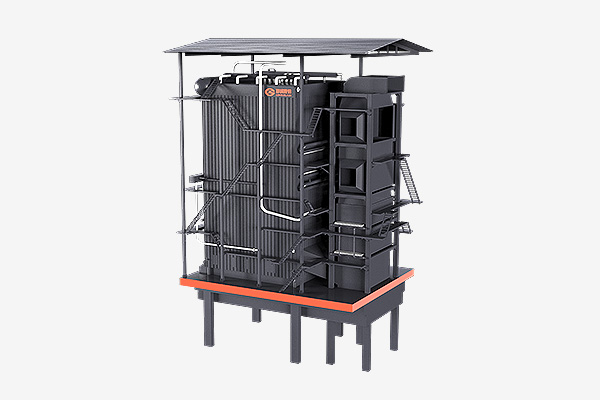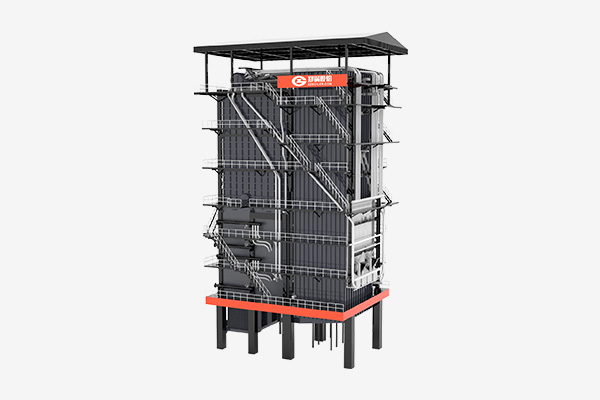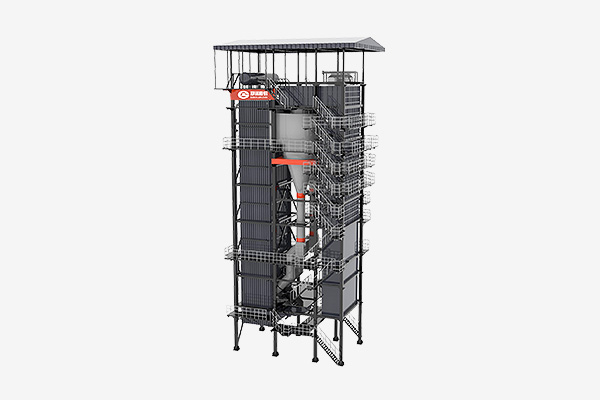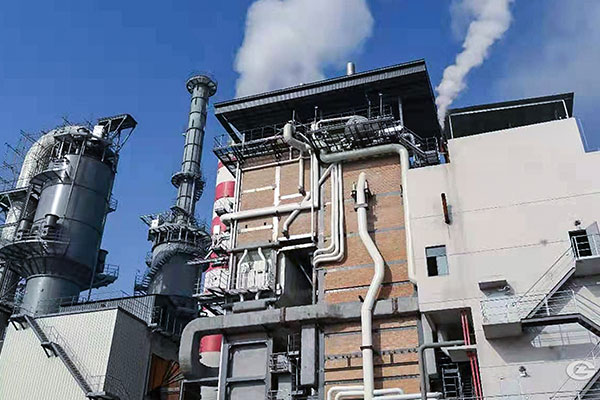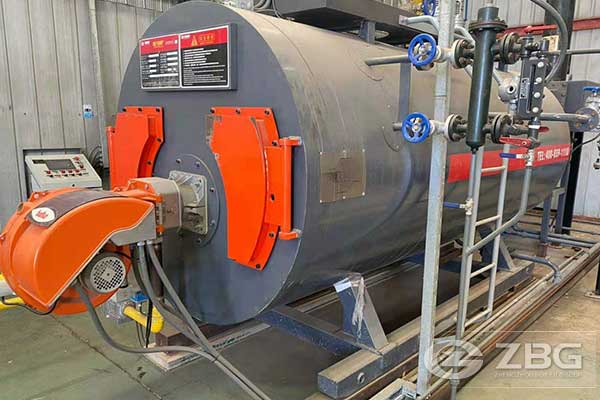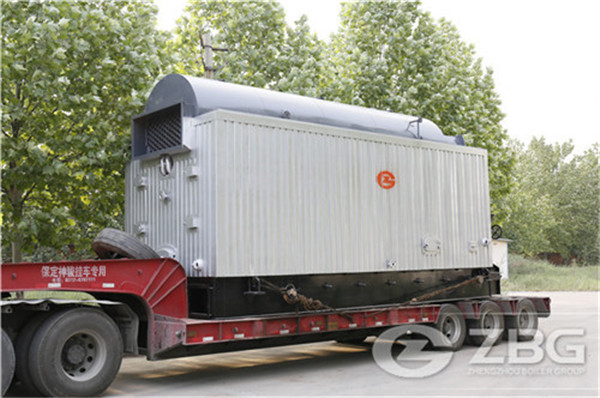High Pressure Boiler and Low Pressure Boiler
2018-02-07 15:48:48A boiler is an appliance designed to heat water and produce energy. The heat is applied to water in an enclosed container before being distributed throughout the system. Based on pressure steam boiler can be classified as high pressure steam boiler and low pressure steam boiler. The major difference between a low-pressure and a high-pressure boiler is the amount of pressure per square inch and pounds per square inch gauge that the boiler produces.
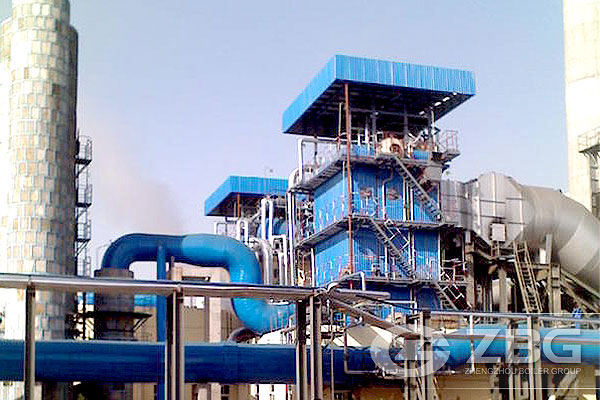
In a low-pressure boiler the pressure does not exceed 15 psi, and hot water heating boilers are not designed to exceed over 260 psig. The temperature in a low-pressure boiler will not rise above 250 degrees F. Because these types of boilers operate at lower pressures, they don't need to be monitored regularly and only have to be checked when the appliance begins to break down. Low-pressure boilers are often used in buildings and designed to heat rooms through radiators. Types of buildings may include restaurants, hospitals, office buildings and schools. The boilers are able to heat the water used in bathrooms and use steam to heat the different rooms throughout the building, allowing them to become warm.
High-pressure boilers will heat steam above 15 psi and water at pressures that exceed 160 psig. Temperatures in high-pressure boilers will exceed 250 degrees F. High-pressure boilers are used in industries and designed to generate the steam found in sugar mill, power plants, textile industry, paper plant, chemical industry, rice mill, etc.
More information about high pressure boiler and low pressure boiler, please feel free to consult our online customer service.
For all inquiries, please fill in the form below (* are required) to send us a brief message, and we will get back to you as soon as possible.
